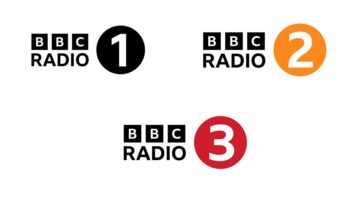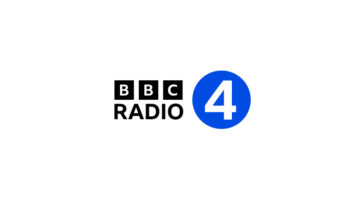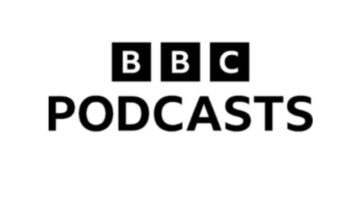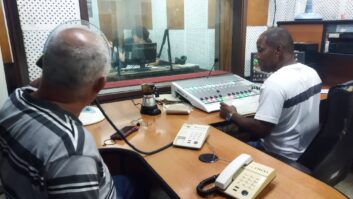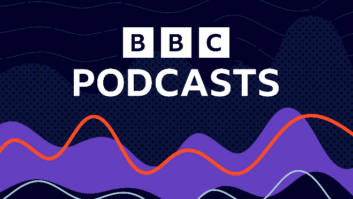What’s in store for the radio industry in 2018? Over the next few weeks, we’re publishing a series of interviews with thought leaders from around the globe in various segments of our business. We ask them to weigh in about specific trends and stories they’ll be watching this year. Simon Tuff is principal technologist for the BBC.

Simon Tuff
RW: What do you see as the most pressing technology challenge facing radio broadcasters in 2018?
Simon Tuff: Our knowledge and use virtualization, micro services and IP connectivity. Especially how we drive their maturity, understand their true cost and manage their complexity.
RW: What consumer electronics trends will have the most impact on how consumers interact with radio and audio media?
Tuff: I’m sure everybody is suggesting speech control and they could well be right but there are a number of facets to this, some repeat familiar challenges, other presenting us with new ones. For example how does search really work with speech? Say somebody asks their voice controlled device to “play rock radio,” how does the AI make a selection based on its algorithms. Will you somehow get a list of options to choose from or will the system make a choice on your behalf? Having a speaker that calls out a list of rock stations, from which you choose one, doesn’t sound like a great user experience to me. We might find the real complexity starts when we couple this with the options available to listeners when driving autonomy starts to become a reality!
RW: What do you think will be the prevailing tech trends for the next three years?
Tuff: The impact, expected and unexpected, of increased station format and ownership deregulation. This could increase the motivation to take cost out of running radio, possibly with more automation and networking. There’s also the potential move away from net neutrality and the impact that might have on distribution and listening costs on the web, which we’ll also need to monitor.
We might also start to do some clever things with data science to inform parts of our program production, allowing us to create new, more relevant, experiences for our audiences. The BBC now has a Data Science Research Partnership to explore these opportunities.
Lastly I suspect most of us have been busy visiting the cloud in the last few years and as our first iterations of cloud solutions mature we’ll be looking to manage their transition to the next generation…
RW: What major technologies are affecting the radio industry on a global level?
Tuff: Many of these are a continuation of existing trends. For our audiences, it’s having smarter phones in their pockets, not a radio, while for the broadcaster, its the increased use of commodity IT. 5G technology clearly has huge potential, however I suspect that for many years to come it won’t be widely available. Don’t believe the hype — it will take longer to have an impact on broadcasting than many would have us believe. We often over estimate the impact of technology in the short term and under estimate it in the longer term.
RW: Where do you learn about new technology each year, what trade shows or information sources?
Tuff: Conferences and trade shows like IBC, AES, CES, Next Radio and Radio TechCon are useful. The IET’s monthly E&T magazine [mostly on paper] but also online publications for both Radio and TV including those from World DAB and the EBU. The BBC media show and click radio programs, plus the Radio Today podcast. I also find myself being increasingly interested in the enterprise IT world through events like IP EXPO. My interests extend to environmentally sustainable broadcast technology and we can learn a lot from the ICT industry.
RW: What else should Radio World readers keep on their radar?
Tuff: Watch out for the arrival of Next Generation Audio (NGA) and the return of binaural … NGA and Object Based Audio (OBA) are already part of the DVB and ATSC standards for TV. High Order Ambisonics (HOA) is useful for gaming, 360 media and VR. Increased speaker counts in cinema, home cinema and TV will provide amazing experiences for those sitting in front of a screen. But what is the opportunity for the radio industry here, especially with OBA? At the BBC we have some ideas, which we share via BBC Taster.





